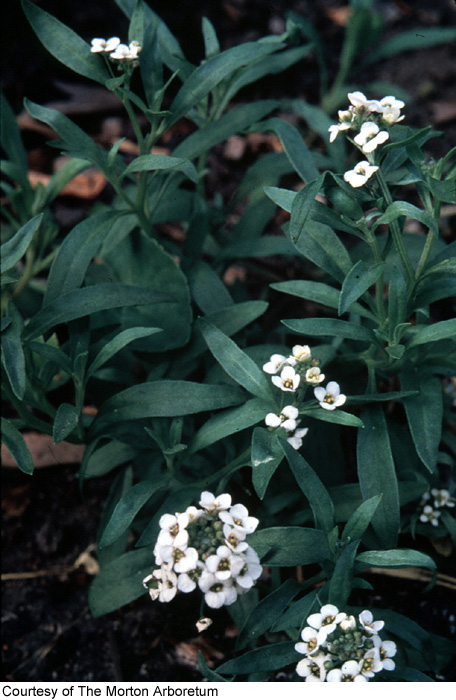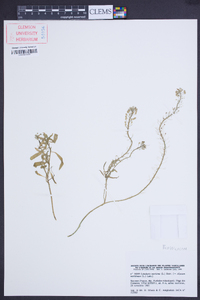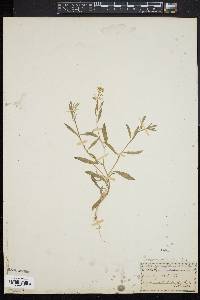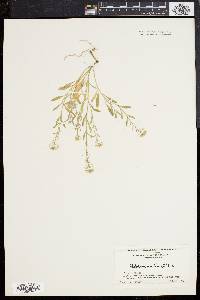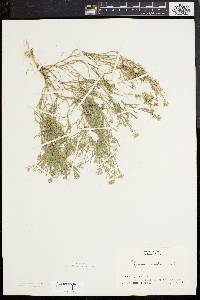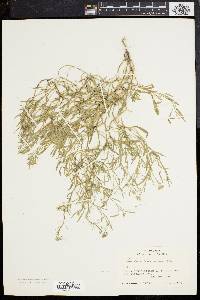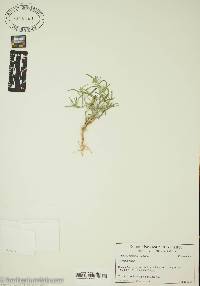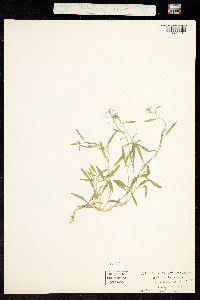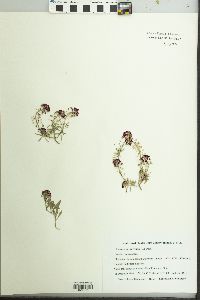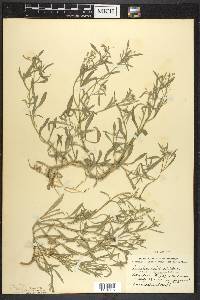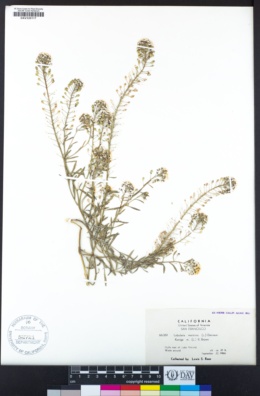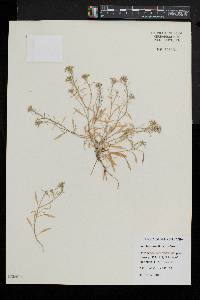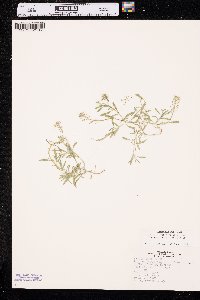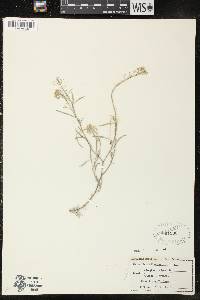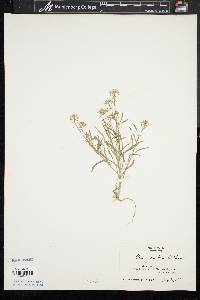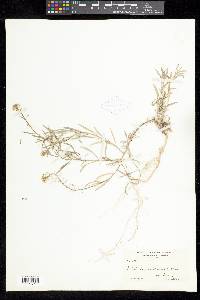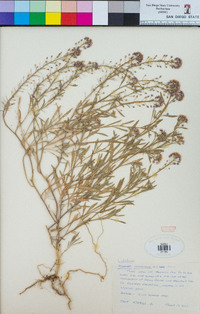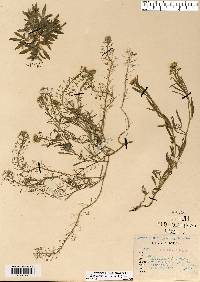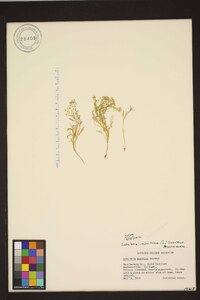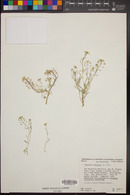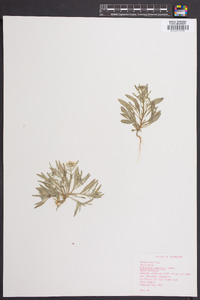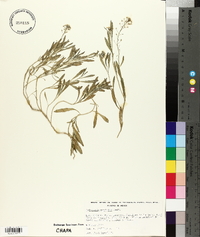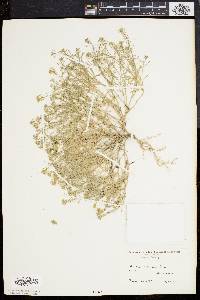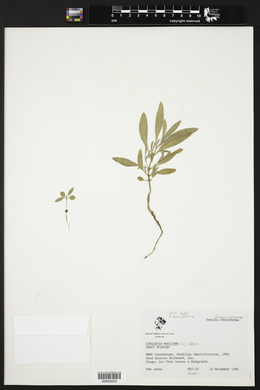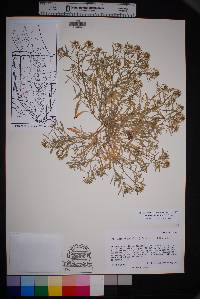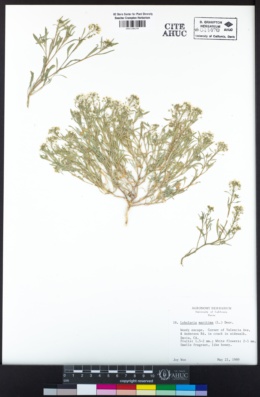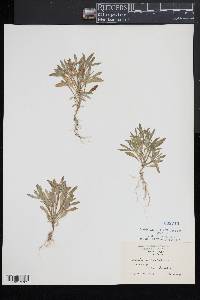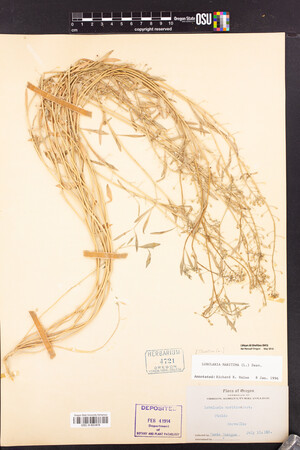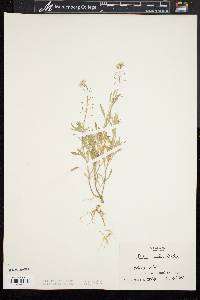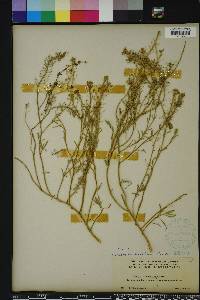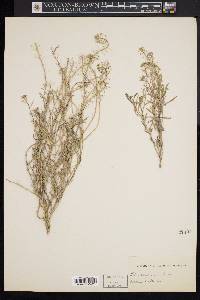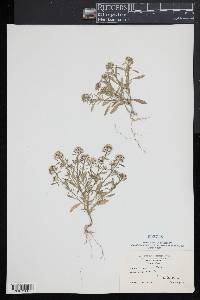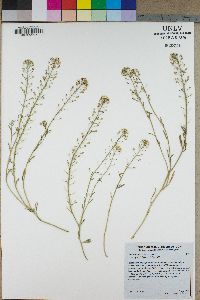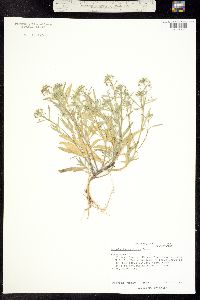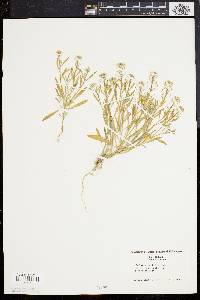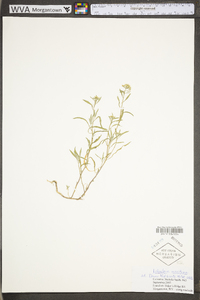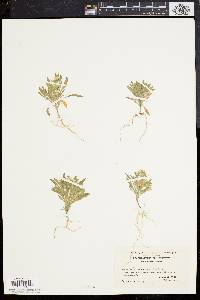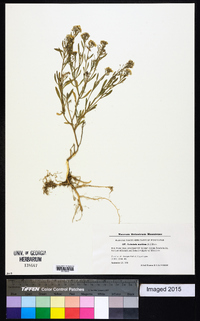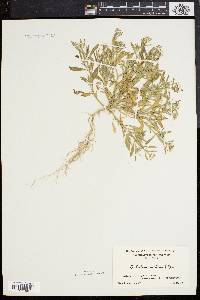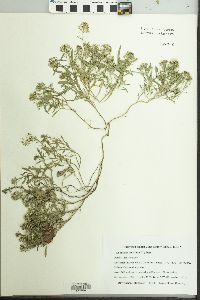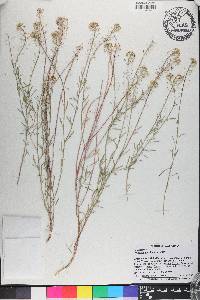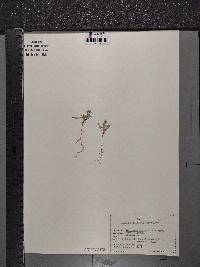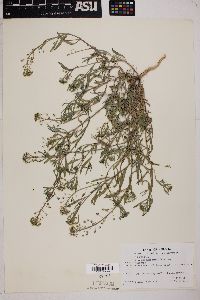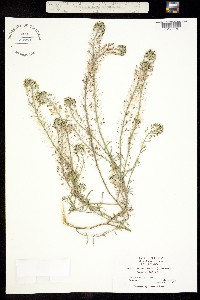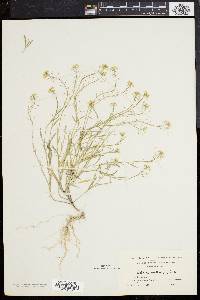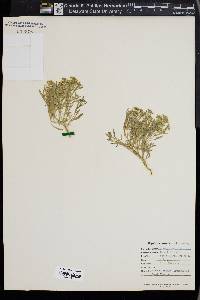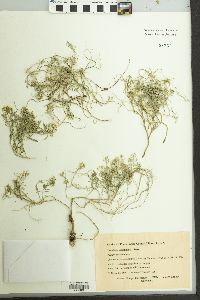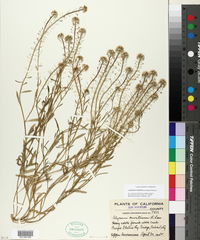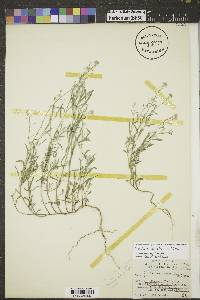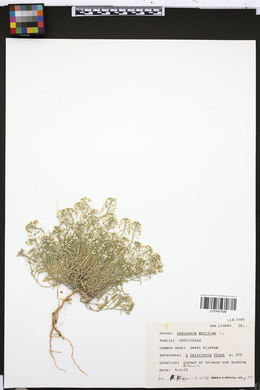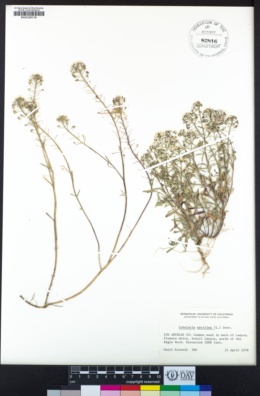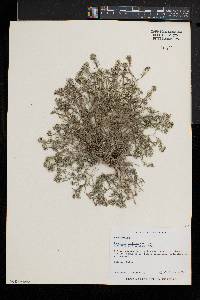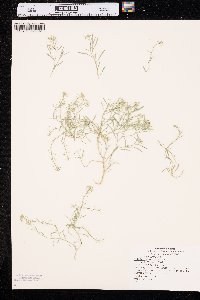
|
|
|
|
Family: Brassicaceae
Sweet-Alison, more...lobularia, seaside lobularia, sweet alyssum
[Alyssum maritimum (L.) Lam., moreClypeola maritima L., Koniga maritima (L.) R. Br.] |
Plants suffruticose (when subshrubs). Stems 0.5-2.5(-4) dm. Leaves: blade linear or lanceolate-oblanceolate, (1-)1.6 -2.5(-4.2) cm × (1-)2-3(-7) mm, base attenuate, apex acute. Racemes elongated in fruit, (1-)4-8(-16) cm, (dense). Fruiting pedicels (3-)4.5-6(-9.5) mm. Flowers: sepals often tinged purplish, (1.4-)1.5-1.7 (-2.4) mm; petals broadly obovate, (1.9-)2.3-2.8(-3.1) × (1.2-)1.6-2(-2.6) mm, abruptly contracted into claw; filaments 1.2-2 mm; anthers 0.3-0.5 mm. Fruits (1.9-) 2.3-2.7(-4.2) × (1.2-)1.6-2(-2.9) mm; valve margins thin, sparsely pubescent; style 0.4-0.6 mm. Seeds light to reddish brown, not winged, (1-)1.2-1.4(-2) × (0.7-) 1-1.1(-1.6) mm. 2n = 24. Flowering year-round (peak spring-summer). Roadsides, waste places, vacant lots, cultivated fields, walls, coastal fir zone, mainly along Atlantic, Gulf, and Pacific coasts, also ephemeral inland; 0-800 m; introduced; B.C., N.S., Ont., Que.; Ariz., Calif., Conn., Del., Fla., Ga., Ill., Ind., Iowa, La., Maine, Md., Mass., Mich., Miss., N.H., N.J., N.Y., N.C., Ohio, Oreg., Pa., R.I., S.C., Tex., Utah, Vt., Wash.; Europe; Asia; Africa; introduced also in Mexico, West Indies, Central America, South America, Pacific Islands, Australia. Lobularia maritima is widely cultivated as an ornamental; many cultivars are on the market. It was introduced to North America because of its drought tolerance and attractive, scented white flowers (R. Ornduff 1974). It has been reported as cultivated in the northern United States back to 1856 (A. Gray 1856). The cultivars naturalize very easily and have been known as locally established garden escapes in North America back to the end of the nineteenth century (N. L. Britton and A. Brown 1896-1898, vol. 2).
Annual to perennial herb 10 - 30 cm tall Stem: many branched, with appressed, two-pronged hairs. Leaves: alternate, 2 - 5 cm long, linear, tips pointed. Flowers: in long, branched clusters (raceme). Petals four, white or lavender, 4 mm wide, bases narrowed, tips rounded. Flowers fragrant. Fruit: a small pod, 3 mm long, 2 mm wide, elliptic, flattened, wingless, very sparsely hairy. Similar species: No information at this time. Flowering: late July to mid-October Habitat and ecology: Introduced from Europe. This plant occasionally escapes from cultivation, becoming a weed of waste ground, turf, dump heaps, and other disturbed areas. Occurence in the Chicago region: non-native Etymology: Lobularia means "small pod." Maritima means "of or from the sea." Author: The Morton Arboretum Lax, diffusely branched annual to perennial, 1-3 dm, finely strigose; lvs linear to linear-oblanceolate, 2-5 cm, acute; fls fragrant, 4 mm wide; fr flattened with convex sides, elliptic, 3 נ2 mm, very sparsely hairy; ovules 1 per locule; 2n=22, 24. Native of s. Europe, often escaped from cult. in our range. All summer. (Koniga m.) Gleason, Henry A. & Cronquist, Arthur J. 1991. Manual of vascular plants of northeastern United States and adjacent Canada. lxxv + 910 pp. ©The New York Botanical Garden. All rights reserved. Used by permission. From Flora of Indiana (1940) by Charles C. Deam Indiana Coefficient of Conservatism: C = null, non-native Wetland Indicator Status: N/A |
|
|
|
This project was made possible in part by the Institute of Museum and Library Services [MG-70-19-0057-19].
Powered by Symbiota

